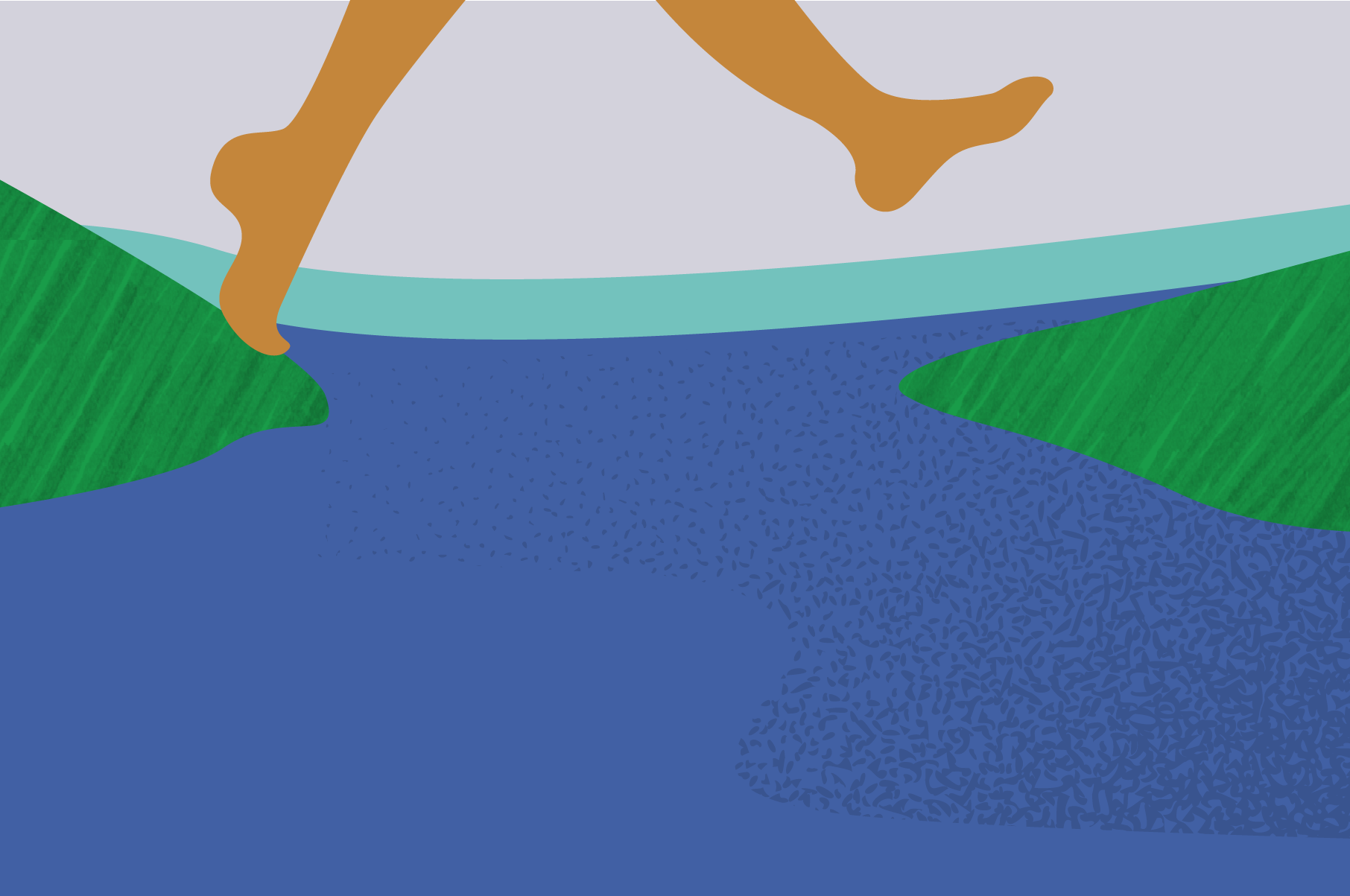Foreword
Sign up to stay in the loop on new styles and sales!
How to Stop Bladder Leaks During Exercise

by Brianna Flaherty
It’s not exactly a secret, but it is an unspoken truth that many people experience bladder leaks during workouts. Even though there are accessible treatments for athletic incontinence, one study showed that just 4.6% of women sought out and actually received treatment for their exercise-related leaking. That’s probably because we’re surrounded by pervasive societal messaging that tells people bladder leakage when working out is nothing to worry about (some people even see it as a sign of hard work and effort. But leaking during physical activities shouldn’t be a given, and for many people it’s possible to make your workouts leak-free.
Lindsey Vestal, a pelvic health OT and owner of The Functional Pelvis, and Julie Wiebe, a physical therapist who integrates pelvic health and sports medicine, talked to us about why workouts trigger leaks, and how you can modify your routine to prevent them from happening.
Why is athletic incontinence so common?
Understanding why workout-related bladder leaks are so prevalent requires two personal epiphanies:
Our definition of strength is all wrong. Leaking during workouts is a form of stress incontinence, which is your body’s way of signaling some internal imbalances. Julie says a lot of athletes overlook the clue, or go about addressing it in the wrong way. Strengthening your pelvic floor with exercises like Kegels is extremely important, but most people don’t do them correctly — and they’re not the only thing that helps! A strong pelvic floor is part of a bodily system that, when functioning optimally, has full range of motion, elasticity, and buoyancy to roll with the movements and breaths your body is experiencing every minute of every day.
We are way too obsessed with abs. These days we’re culturally obsessed with six-packs, but Julie explains that a fitness industry that constantly tells us to crunch our stomachs or clench our abs ends up putting extra pressure on the pelvic floor. When you hold your breath and squeeze your abs during an exertion (i.e. jumping, lifting weights), you’re almost guaranteeing that your pelvic floor will be overwhelmed by intra abdominal pressure from your diaphragm, which triggers bladder leaks. Plus, athletes and New Years resolution exercisers alike are usually pushing their bodies to reach their next personal best, which has further integrated unbalanced pelvic floor pressure—and the bladder leaks that come with it— into our fitness culture.
Are there risks associated with bladder leaks?
It’s easy to dismiss leaks when you’re in top physical shape (or working toward it), but leaking can become more severe over time, and more complicated as you age. It’s also a symptom associated with a range of other health issues, including:
hip pain
low back pain
Hemorrhoids
If you’re leaking during workouts, it’s probably time to incorporate some modifications in your fitness routine, and start prioritizing the health of your pelvic floor.
Find a pelvic floor therapist or physical therapist who will work with you
There’s a myth out there that physical therapists (pelvic floor PTs included— and yes, that means they do physical therapy “down there”) make a living telling athletes they can’t keep doing what they love. If you find a doc who immediately tells you your days of exercising are ovr, Julie says it can be helpful to try opening the conversation up to monitoring and modifying behaviors, instead of non-negotiable restrictions. A skilled, comprehensive PT will complete a full evaluation and work with you to alter movements and behaviors so you can keep exercising to your heart’s content. You can start your search for a PT near you here.
Stop holding your breath during exercise
If you don’t have access to a PT in the immediate future, working on your breath is a huge first step in taking pressure off your pelvic floor. Instead of holding your breath and clenching your stomach when you pick up something heavy, practice beginning an exhale before you start the exertion, and continuing it through the exertion. Julie explains that this “blow before you go” technique not only takes pressure off your pelvic floor, it also preps it to support you during day-to-day activities like picking up your toddler, exercise class, or even just doing cartwheels with your kids or grandkids.
Hydrate smarter
During workouts most people are usually chugging water during breaks, or just going without. Lindsey explains that both approaches to hydration have downsides. When you chug large amounts of water, your bladder can’t actually absorb everything it’s being inundated with, so you can end up peeing or leaking away all that potential hydration. On the flip side, if you aren’t getting enough water, your bladder starts spasming and sending dehydration signals to your body, which can also trigger leaks. Giving yourself adequate breaks to hydrate (and making sure you’re drinking water instead of bladder irritants like coffee or carbonated drinks) will help your bladder function better.
What modifications work for you during workouts? Share your tips in the comments.
Posted: July 31, 2019
Related Articles
Sign up to stay in the loop on new styles and sales!


